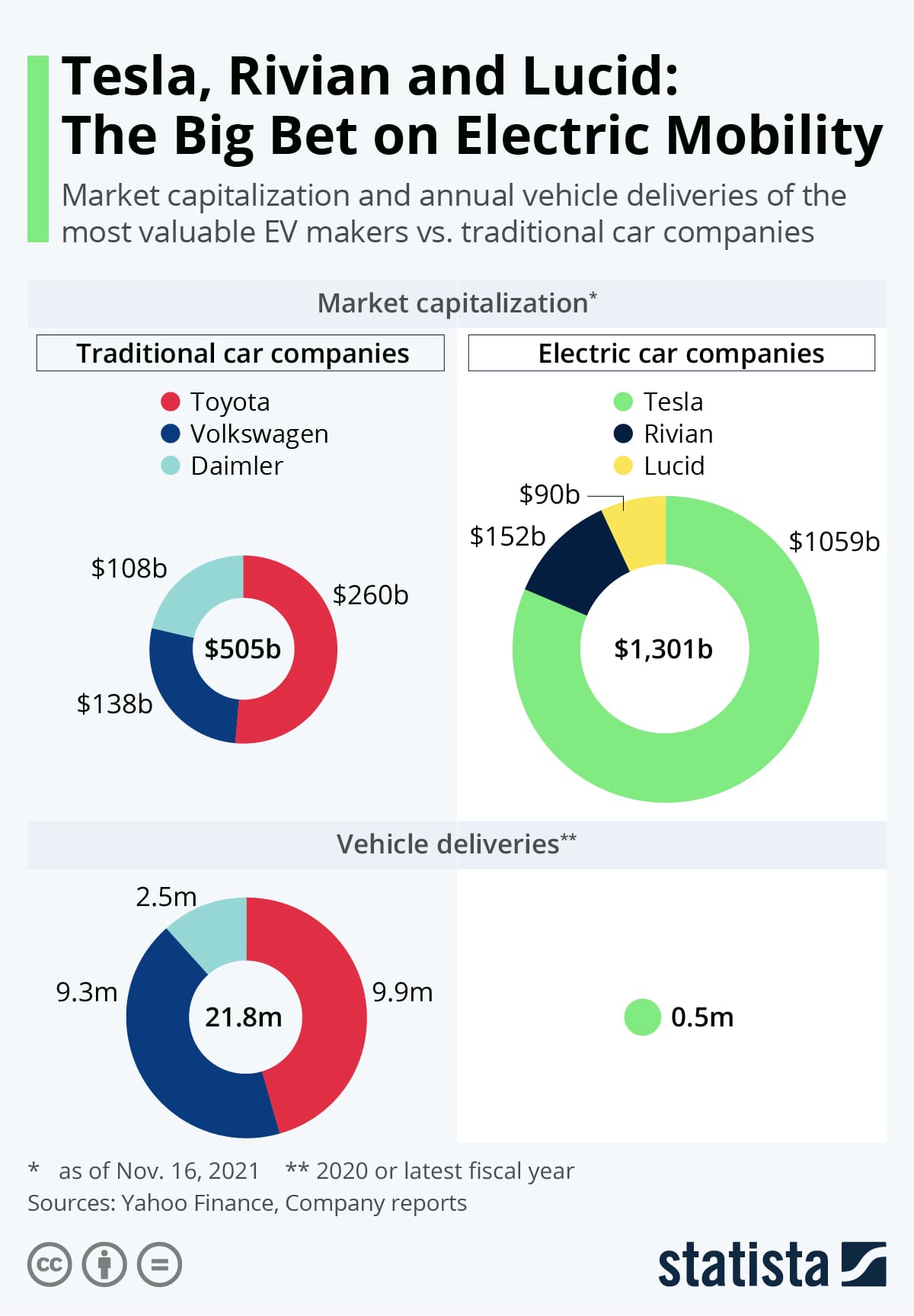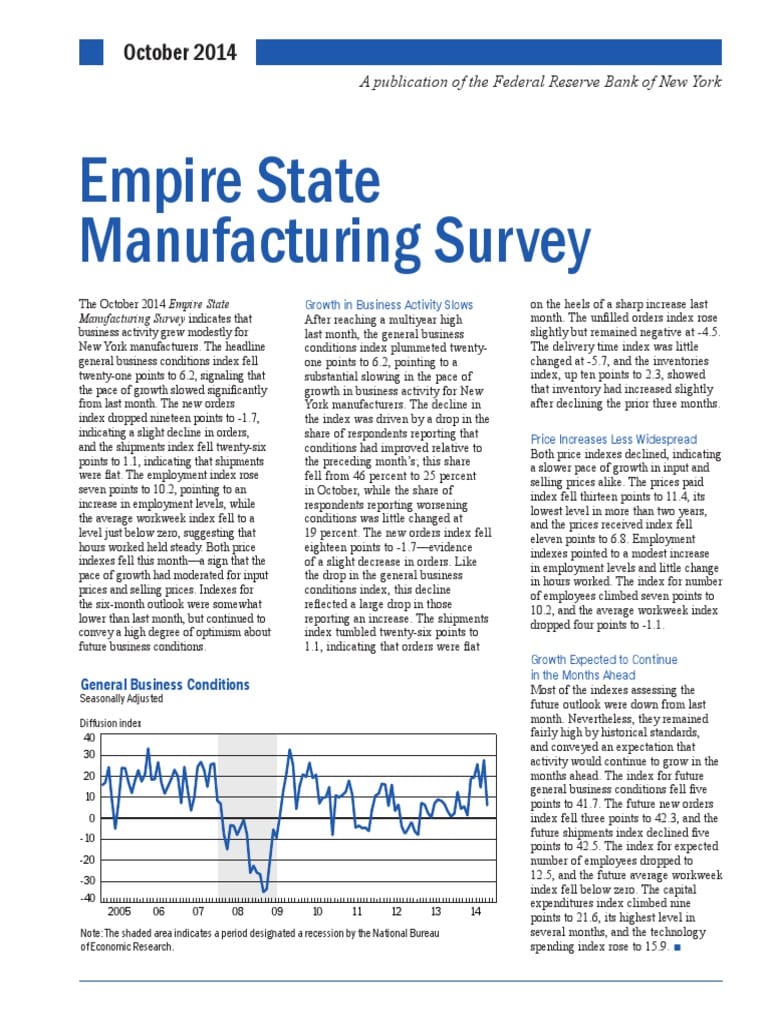China’s manufacturing sector presented a mixed picture in recent data releases, with the official Purchasing Managers’ Index (PMI) for January indicating a contraction in factory activity while December’s industrial profits showed a significant increase. The National Bureau of Statistics of China released the PMI data, revealing a drop below the crucial 50-point threshold. This threshold acts as a dividing line between expansion and contraction in the manufacturing sector, and the drop below it suggests that factory activity shrank in January. A PMI reading below 50 indicates a decrease in overall activity and it is closely watched by analysts and policymakers. This latest reading signals a potential challenge for China’s manufacturing economy as it enters a new year. The PMI is derived from surveys of purchasing managers at manufacturing companies and it provides an indication of whether the overall manufacturing sector is expanding or contracting. The dip in PMI suggests a decrease in new orders, which is a key component of the index, as well as potentially lower production output. This could reflect a variety of factors, including changes in global demand, supply chain disruptions, and domestic economic conditions. These various factors interplay to impact overall manufacturing activity. The data release has already caused concern amongst some analysts, with possible implications for trade and economic growth.
Conversely, data released for December’s industrial profits presented a more positive outlook. The National Bureau of Statistics of China reported a substantial increase in industrial profits for the month. This marks a potential turnaround from prior periods of weaker growth or contraction in profitability. Industrial profits reflect the financial health of manufacturing companies and an increase usually indicates improved efficiency, higher production, or increased sales. This increase in profitability could be due to factors such as increased demand, lower production costs, or the successful implementation of government support measures. The contrast between the January PMI data and the December industrial profit data highlights the complex and sometimes divergent trends within China’s economy. While the increased industrial profits in December show that manufacturing sector could potentially be healthy, the following month’s contraction in activity indicates a potential for instability and change in the short term. These contradictory signals demonstrate the challenges and inconsistencies within the Chinese economic system. The data suggests that despite the success of certain parts of the Chinese industrial sector, underlying structural problems might still exist. The data also underscores the volatility that can exist within global economies, and how quickly those can change from one month to the next.
The mixed signals also raise questions about the effectiveness of current economic policies in China. The country has implemented various measures to support economic growth, especially within the manufacturing sector. The divergent trends observed in this data suggest the complex nature of implementing measures that can target the specific challenges that individual sectors may be facing, and that more strategic planning may be needed for the short and long term. These challenges may become more and more pronounced as international markets continue to evolve. The government will likely be under scrutiny in the coming months to determine their approach to address the manufacturing slowdown. The data suggests the need for a more robust policy response from the Chinese government. It also suggests that policy makers will need to closely monitor various economic indicators to have a better understanding of future economic outcomes.
The manufacturing sector is a critical component of the Chinese economy, and its performance has far-reaching implications for both domestic and global economic growth. The contraction observed in the January PMI data, even amidst the prior month’s increased industrial profits, suggests there is a complex situation that requires careful monitoring and strategic interventions. This situation presents a challenge for both domestic and international stakeholders. The global financial markets will likely be watching to see if the slowdown is a temporary hiccup or the beginning of a larger trend. China’s economic performance, particularly in manufacturing, has a wide-ranging impact on global supply chains, trade balances, and investment decisions. As a result, these data points are very important. The global economy is increasingly interconnected, and the success or failure of an economic sector in a major market like China can cause fluctuations worldwide. The data requires more careful analysis from experts to better understand its long-term implications. The complexity of the current economic situation in China highlights the need for comprehensive analysis, informed policy decisions, and continued vigilance. The economic data releases underscore the need for flexibility, adaptation and long-term strategic planning. This complex scenario warrants a thorough review of both short-term and long-term economic goals.


